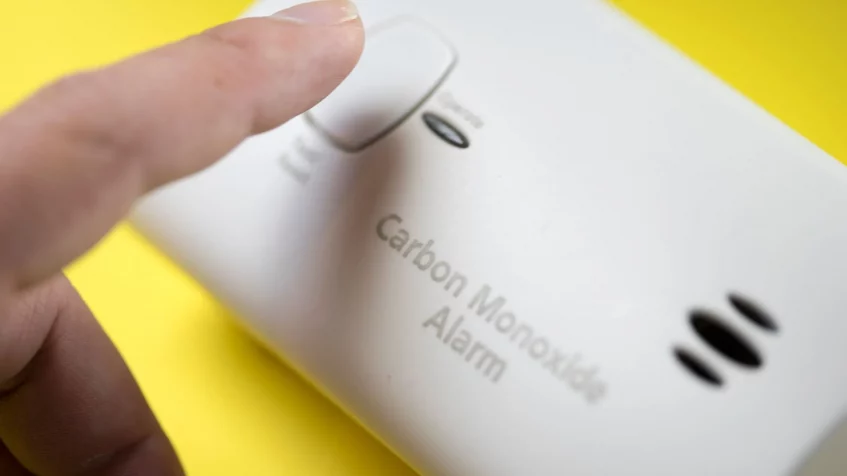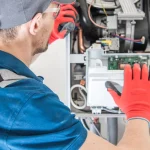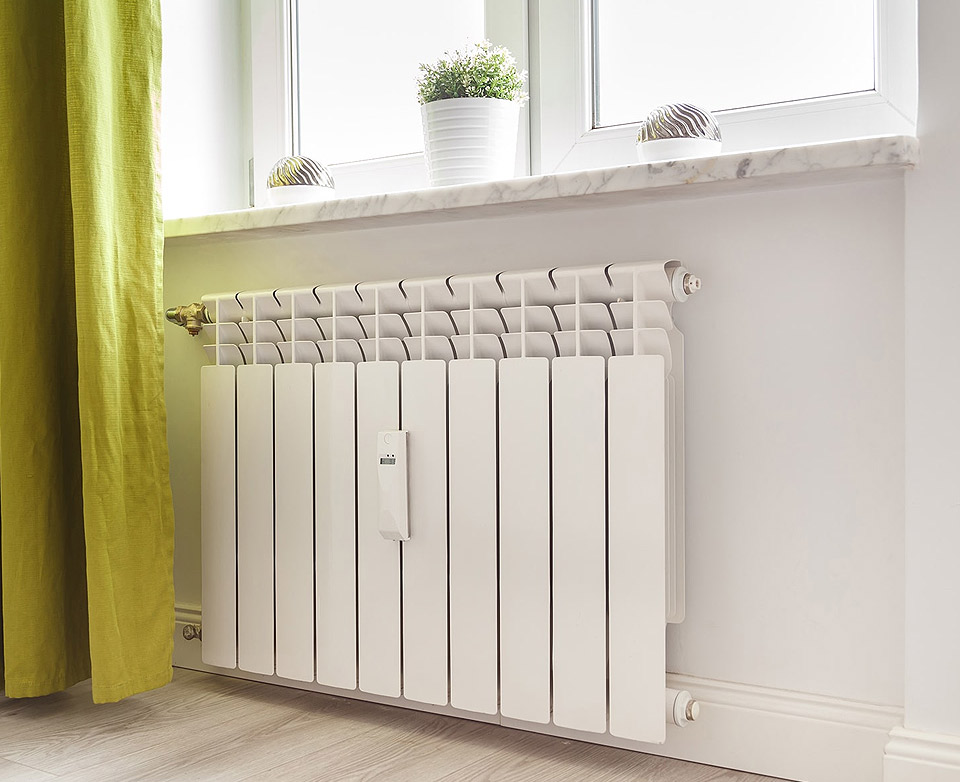
Carbon Monoxide Detectors: Vital Home Safety Devices
Our homes, our sanctuaries, harbor a hidden threat that often goes unnoticed—the silent and potentially lethal carbon monoxide (CO). This colorless, odorless gas can emanate from everyday household appliances, turning our cozy abodes into potential danger zones. In this article, we delve into the crucial role of carbon monoxide detectors, exploring their significance, functionality, and why every home should be equipped with them.
The Silent Killer: Carbon Monoxide
Commonly known as “the silent killer,” carbon monoxide is a highly toxic gas generated by various fuel-burning appliances found in homes. Gas stoves, fireplaces, furnaces, water heaters, and even enclosed spaces with running cars can be sources of this deadly gas. Once inhaled, CO binds more tightly to red blood cells than oxygen, leading to symptoms ranging from dizziness and headaches to severe cases of unconsciousness or even death. Its invisible and odorless nature makes detection nearly impossible without the intervention of carbon monoxide detectors.
How Carbon Monoxide Detectors Work
Carbon monoxide detectors act as silent protectors, operating on a straightforward principle—detecting the presence of CO in the air. Utilizing either electrochemical or biomimetic sensors, these devices trigger an alarm when they sense dangerous levels of CO. Electrochemical sensors induce a chemical reaction upon contact with CO, generating an electrical current that activates the alarm. Meanwhile, biomimetic sensors replicate the body’s reaction to CO exposure, changing color and setting off the alarm when CO is detected. The audible alarm, often a distinctive sound, serves as a crucial warning, with modern detectors offering digital displays showing real-time CO concentrations.
The Importance of Carbon Monoxide Detectors
- Early Warning: Carbon monoxide detectors provide early warnings, enabling immediate action to ventilate the area, shut off the CO source, and ensure safety.
- Preventative Measure: These detectors are a crucial preventative measure against CO poisoning, acting as the first line of defense against life-threatening situations.
- Peace of Mind: Installing carbon monoxide detectors offers peace of mind, assuring that your loved ones are protected from the dangers of CO exposure.
- Legal Requirement: In many regions, having carbon monoxide detectors is not just good practice; it’s the law, particularly in homes with gas appliances, fireplaces, or attached garages.
- Affordability: The relatively low cost of carbon monoxide detectors makes them a small investment in your family’s safety when compared to the potential costs of CO exposure.
Where to Install Carbon Monoxide Detectors
For optimal effectiveness, install detectors in key areas:
- Bedrooms: Ensure each bedroom has a CO detector to alert occupants while they sleep.
- Living Areas: Place detectors in common spaces where your family spends time, such as the living room and family room.
- Near Appliances: Install detectors close to gas-burning appliances like the kitchen, furnace, water heater, and fireplace.
- Hallways: Position detectors in hallways leading to bedrooms and near sleeping areas.
- Basement and Garage: Essential areas, especially if they house appliances or have inadequate ventilation.
Maintenance and Testing
To guarantee functionality:
- Test Monthly: Regularly press the test button on your CO detectors to ensure the alarm system is operational.
- Change Batteries: Replace batteries at least annually or when the low-battery warning sounds.
- Check Expiry Date: CO detectors have a limited lifespan; replace them every 5-7 years as indicated.
- Keep Sensors Clean: Regularly clean detectors following the manufacturer’s instructions to remove dust and debris that may affect accuracy.
Carbon monoxide detectors are not just devices; they are silent guardians, essential for protecting your home and loved ones from the invisible threat of CO. By understanding their importance, how they work, and proper installation and maintenance, you can fortify your home against the silent killer, ensuring a safer and more secure living environment for all.










